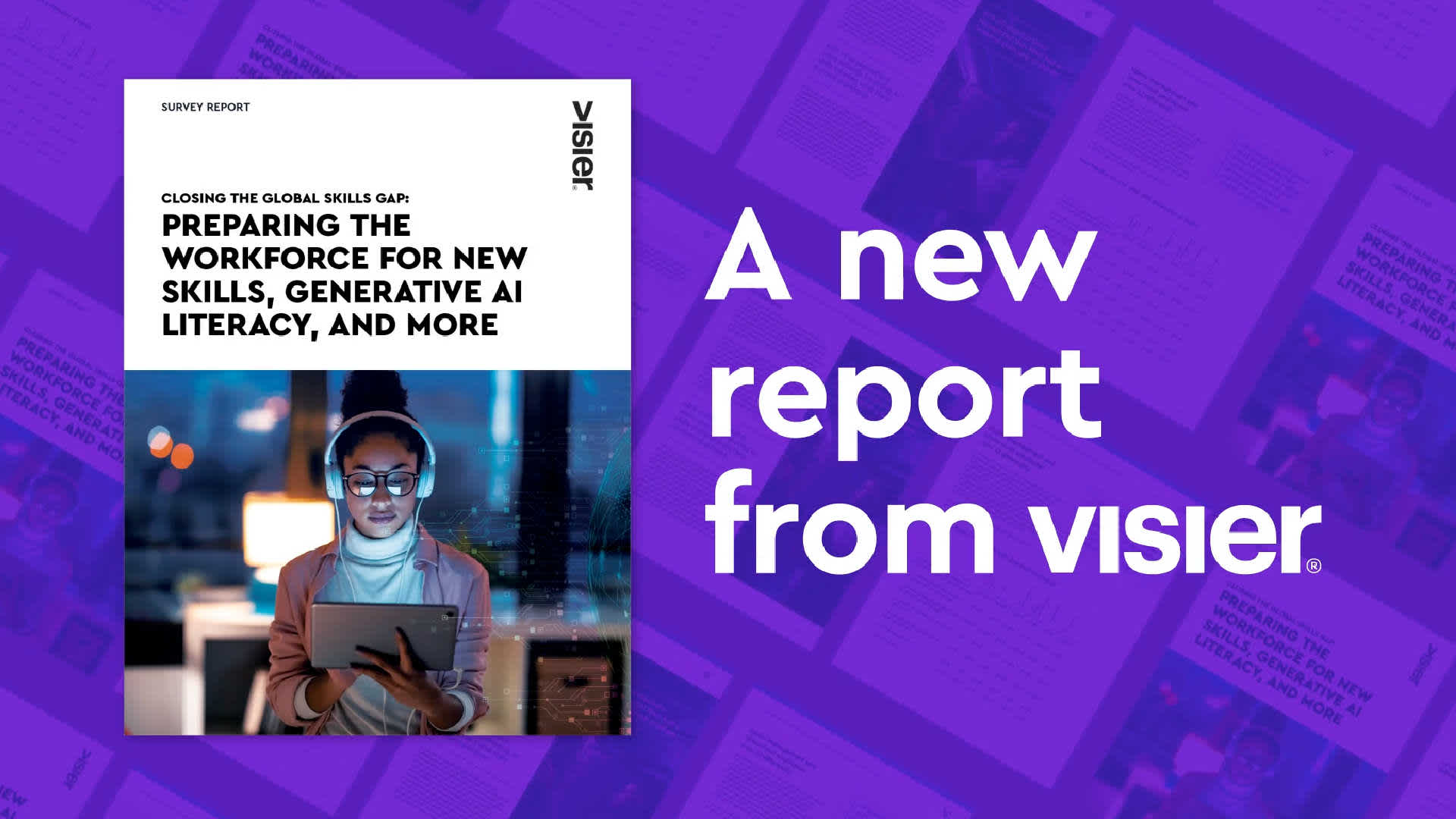What Is Reskilling?
Reskilling means acquiring new skills, or upgrading existing skills, to adapt to changes and remain competitive as markets shift. Learn more.

Reskilling is the process of acquiring new skills or upgrading existing skills to adapt to environmental shifts that impact talent needs.
Technology, for instance, is continually evolving, requiring organizations to reskill employees to learn and leverage that technology to boost organizational capabilities, efficiencies, and productivity.

Why is reskilling important?
Reskilling is important for several reasons. Reskilling helps employees remain productive and effective in the face of technological changes, shifting market needs and demands, legal and regulatory requirements, and new ways of working.
The job market is continually changing, causing certain skills to be more in demand and others to be less important. Reskilling helps to stay ahead of this change and remain competitive.
Individuals also benefit from reskilling by developing new skills or improving existing skills to be more employable.
By investing in reskilling, organizations can nurture a talented and adaptable workforce while individuals can enhance their career prospects and remain competitive in the job market.
How do organizations reskill employees?
Organizations reskill employees through a variety of means—from job assignments to specialized training. Training programs, provided either in-house or through external training providers can help employees develop the skills needed for new roles or to address identified gaps. Internal mobility and job rotation can provide employees with on-the-job training and experience to develop skills and gain exposure to different aspects of the organization.
What role does technology play in reskilling?
Technology plays a significant role in reskilling by providing new avenues for learning, enhancing accessibility, and enabling personalized and adaptive learning experiences.
Today’s technology makes it possible to provide always-on and always accessible training via online learning platforms and mobile apps. Virtual training and simulations can provide real-life scenarios to allow employees to practice and develop their skills in safe environments.
Technology also allows organizations to stay on top of skills gaps by maintaining a skills inventory that can identify areas of need and areas of emerging opportunity.
Read more on reskilling:
Get Outsmart content straight to your inbox
Subscribe to the People Insights Monthly newsletter for actionable insights and stories.
Subscribe now